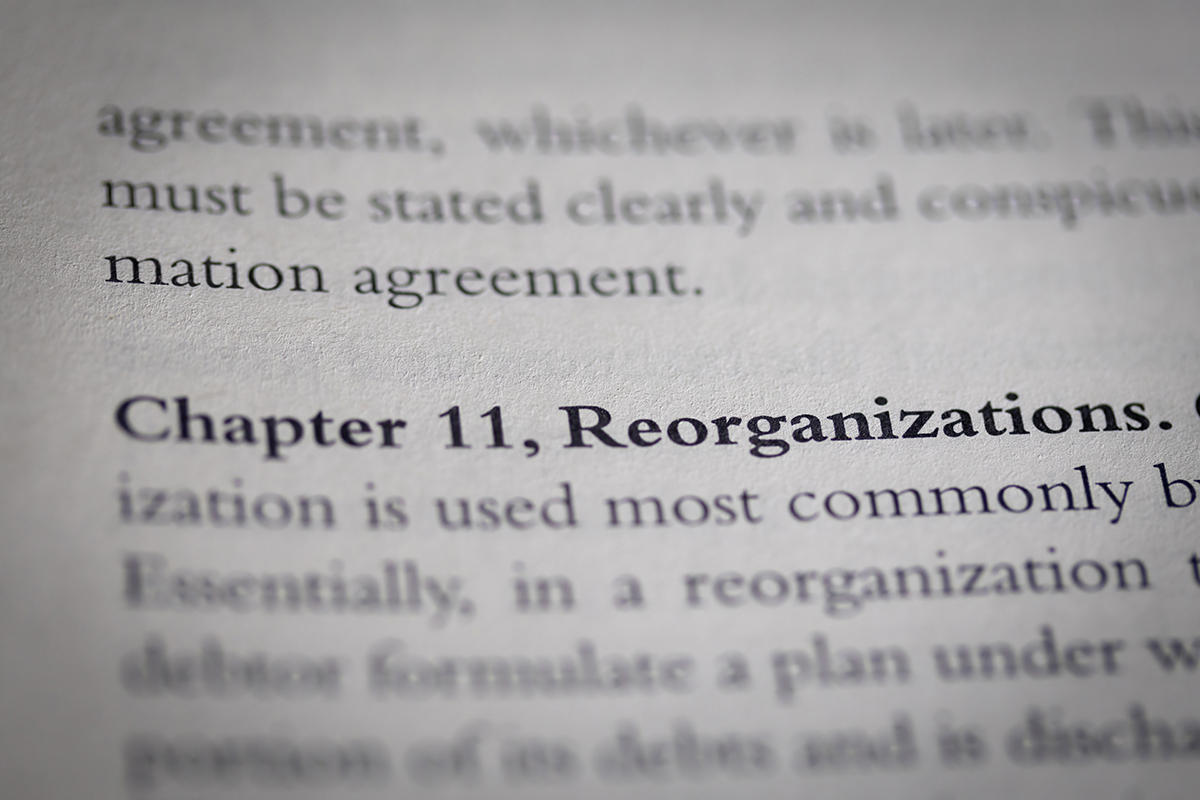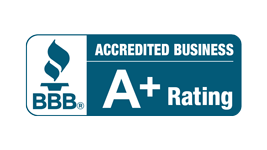Trump Bankruptcies and The Reality
When people hear the word “bankruptcy,” it often evokes images of financial failure and ruin. So when it comes to someone as high-profile as Donald J. Trump, a real estate mogul turned U.S. President, the word takes on even greater significance. Critics frequently point to Trump’s multiple corporate bankruptcies as evidence of financial mismanagement, while supporters argue they reflect savvy business strategy within a volatile industry.
Understanding Bankruptcy
Before diving into the details of Donald Trump’s business bankruptcies, it’s necessary to first understand what bankruptcy actually means, especially in the world of high-stakes real estate and corporate finance. Bankruptcy isn’t always a sign of personal failure or mismanagement; in fact, it can be a strategic legal tool used by companies to stay afloat during tough times.
Quick Primer on Chapter 11 Bankruptcy
Chapter 11 bankruptcy is a legal process under U.S. law that allows businesses to reorganize their debts while continuing to operate. Unlike liquidation (Chapter 7), Chapter 11 aims to give companies breathing room to restructure their finances, renegotiate contracts, and create a viable plan to return to profitability. It doesn’t mean the business disappears; it means it gets a chance to survive and rebuild.

The Distinction Between Personal and Corporate Bankruptcy
Personal bankruptcy (commonly filed under Chapter 7 or Chapter 13) involves an individual’s financial obligations, credit card debt, medical bills, etc., and can result in asset liquidation or a repayment plan.
Corporate bankruptcy, on the other hand, involves legal entities like LLCs or corporations. These businesses file for bankruptcy protection when they can’t meet their financial obligations, but the personal assets of owners or executives are typically protected unless they’ve personally guaranteed debts. In Trump’s case, his business entities filed for Chapter 11, not Trump personally.
Why Large Businesses (Not Just Trump’s) Use Bankruptcy Strategically
Bankruptcy isn’t always a last resort, it’s often a calculated business move. Major companies like General Motors, Delta Airlines, and Hertz have all used Chapter 11 to restructure massive debts, shed unprofitable contracts, and emerge stronger.
For companies carrying heavy debt or facing industry downturns, Chapter 11 provides a legal way to pause the bleeding, renegotiate terms, and avoid complete collapse. While it carries a stigma in public perception, in the business world, it’s often viewed as a tool for survival, not necessarily failure.

The Timeline of Trump’s Bankruptcies
Donald Trump’s business ventures have filed for Chapter 11 bankruptcy protection six times, primarily involving his casino and hotel operations in Atlantic City and New York. Here’s a breakdown of each filing:
1. Trump Taj Mahal (1991)
Opened in April 1990, the Trump Taj Mahal was financed with $675 million in junk bonds at a 14% interest rate. Within a year, the casino couldn’t meet its debt obligations and filed for bankruptcy in 1991. Trump agreed to give up 50% ownership to bondholders in exchange for more favorable terms. [1]
2. Trump Castle (1992)
In March 1992, Trump Castle, another Atlantic City casino, filed for Chapter 11 bankruptcy protection. The prepackaged bankruptcy plan aimed to restructure the casino’s debt and reduce interest payments. [2]
3. Trump Plaza Hotel (1992)
The Plaza Hotel in New York, acquired by Trump in 1988 for $390 million, filed for bankruptcy in November 1992. Under the reorganization plan, Trump gave up a 49% stake to lenders to alleviate the hotel’s $550 million debt burden. [3]
4. Trump Hotels and Casino Resorts (2004)
In 2004, Trump Hotels and Casino Resorts, the parent company of Trump’s casino holdings, filed for bankruptcy due to mounting debts exceeding $1.8 billion. The restructuring plan included a $400 million bailout, and Trump reduced his ownership stake from 56% to 27%. [4]
5. Trump Entertainment Resorts (2009)
Following the 2008 financial crisis, Trump Entertainment Resorts filed for bankruptcy in February 2009. The company cited declining revenues and a $1.25 billion debt load. Trump resigned from the board shortly before the filing, distancing himself from the company’s financial troubles. [5]
6. Trump Entertainment Resorts (2014)
In September 2014, Trump Entertainment Resorts filed for bankruptcy again, primarily due to ongoing financial struggles at the Trump Taj Mahal. The company reported liabilities between $100 million and $500 million, with assets of no more than $50,000. [6]

Key Reasons Behind the Bankruptcies
While Donald Trump’s name has become almost synonymous with success and branding, his corporate history tells a more complex story.
Overleveraging and Heavy Debt
Most of Trump’s casino ventures were financed with large amounts of high-interest debt, often through junk bonds. For example, the Trump Taj Mahal alone opened with $675 million in debt at a 14% interest rate. These aggressive financial strategies left the businesses highly vulnerable to even small revenue declines, making default and bankruptcy more likely.
Misjudged Market Conditions
Trump heavily bet on Atlantic City at a time when the market was already showing signs of saturation. Instead of scaling cautiously, he expanded quickly and borrowed heavily, misjudging both consumer demand and the staying power of the region’s gaming industry.
Industry-Specific Downturns
The casino industry is particularly volatile and sensitive to broader economic trends. Recessions, regulatory changes, and increased competition (like the rise of casinos in neighboring states) contributed to decreased revenues across Trump’s properties.

Failure to Diversify or Pivot in Time
Rather than shifting focus or diversifying his portfolio during signs of financial distress, Trump doubled down on his casino empire. While some of his later ventures did explore other sectors, the earlier bankruptcies reflected a narrow and risky focus on one declining industry.
Trump’s Role and Personal Liability
Overleveraging and Heavy Debt
Despite frequent media mentions of “Trump’s bankruptcies,” Donald Trump himself never filed for personal bankruptcy. In fact, through strategic use of corporate structures and brand licensing, he managed to shield his personal wealth from the fallout. All six bankruptcies were filed by corporations in which he held a significant interest.
Corporate Structures Shielded Him from Personal Losses
The use of LLCs and corporate entities meant that when these businesses failed, Trump’s personal assets remained protected. This is a common and legal business strategy, corporations are structured specifically to separate the individual from the entity’s liabilities.
His Name as a Brand, Separate From Operations
In many cases, Trump’s name was used as a brand license rather than indicating full operational control. This allowed him to profit from branding deals while limiting his personal financial risk. Even as some Trump properties struggled or went bankrupt, the “Trump” brand retained commercial value, helping him recover in other ventures like real estate, media, and licensing.
If you are looking to file for bankruptcy in Ohio, contact Richard West by calling at 937-748-1749 today
Sources:
[1] RUBIO Campaign press Release – The four times Donald Trump has declared bankruptcy | The American Presidency Project. (n.d.). https://www.presidency.ucsb.edu/documents/rubio-campaign-press-release-the-four-times-donald-trump-has-declared-bankruptcy?
[2] Reports, F. T. S. a. W. (2019, March 7). ENTERTAINMENT – Los Angeles Times. Los Angeles Times. https://www.latimes.com/archives/la-xpm-1992-03-10-fi-3691-story.html?
[3] Plaza Hotel files for bankruptcy protection under Trump plan – UPI Archives. (1992, November 4). UPI. https://www.upi.com/Archives/1992/11/04/Plaza-Hotel-files-for-bankruptcy-protection-under-Trump-plan/5512720853200/
[4] From Associated Press. (2019, March 4). Trump’s Chapter 11 plan includes $400-Million bailout – Los Angeles Times. Los Angeles Times. https://www.latimes.com/archives/la-xpm-2004-aug-11-fi-trump11-story.html
[5] Clark, A. (2018, February 9). Donald Trump in deal to regain control of Trump Entertainment. The Guardian. https://www.theguardian.com/business/2009/aug/04/donald-trump-deal-trump-entertainment-resorts?
[6] Reuters, C. W. (2014, September 9). Trump Entertainment Resorts files for Chapter 11 bankruptcy protection. CNBC. https://www.cnbc.com/2014/09/09/trump-entertainment-resorts-files-for-chapter-11-bankruptcy.html



